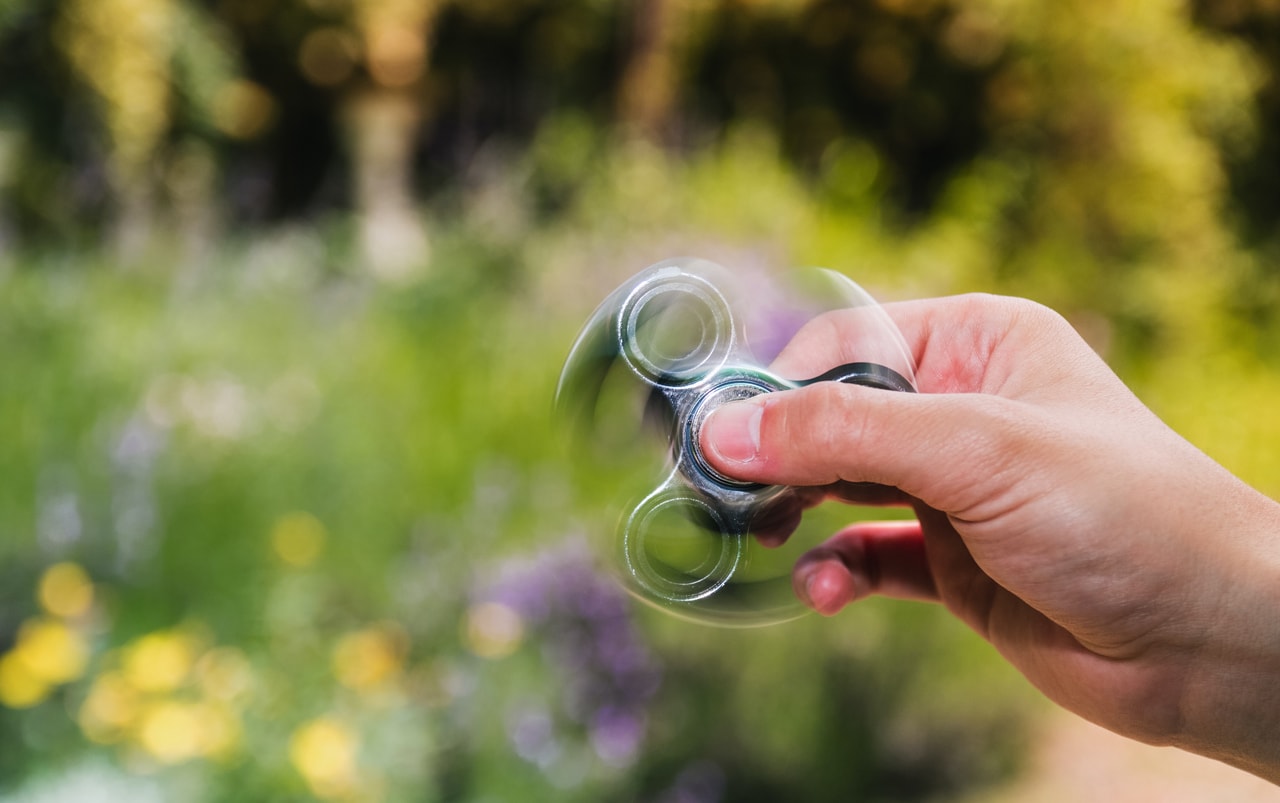Why do we sit?
On the face of it an “exercise chair” seems an odd juxtaposition of words: don’t we sit to avoid the exercise that would be involved in some other posture, such as, say, squatting? Why would anyone want to sit on an exercise chair anyway? And what would an exercise chair even look like?
It turns out that there are several contenders for what an “exercise chair” is, some silly and some serious. We’ll leave for another day chairs that are simply perches for weight lifting or stretching bands, contrivances where exercise, not sitting, is the point. Here we’ll focus on chairs where sitting is the point and exercise is the add-on.
The idea that a seated posture could be used to encourage exercise rather than relaxation has a rather short history. Yes, rocking chairs have been around for hundreds of years (Benjamin Franklin is credited with creating the rocking chair when his daughter was born), but the rocking motion of such chairs was intended to be restful, and soothing enough to put a baby in arms to sleep. Exercise wasn’t the point.
In the 20th century, our lives were transformed by mechanical household appliances, and the urge to use machines to improve our physical health proved irresistible. Better health, and a machine does the work? Sign me up! This impulse led to weight reduction vibrating machines (e.g. the Muller Exerciser Belt1) in the 1930’s, and has persisted right through the 21st century, most recently reincarnated as vibrating platforms2. Unfortunately, none of these approaches has much scientific support3; indeed, vibration of the human body is a persistent concern of OSHA because of its propensity to cause injury over time.
“Chairs” that required physical effort on the part of the sitter began inauspiciously with some rather improbable designs for motorized chairs. One of these chairs, the Hawaii Chair, required considerable effort just to stay on the chair. Unfortunately, infomercials4 made this chair look unworkable, and the Hawaii chair quickly became a staple of late-night comedy5. Despite their catastrophic debut motorized chairs have resurfaced periodically over the last 20 years; a much more elegantly realized, if still improbable, mechanically active chair appeared recently in South Korea and Japan6. One version is meant to recapitulate the mechanics of riding a galloping horse7. Unfortunately, like the Hawaii Chair, this design too has gone on to be fodder for late-night comics.8
Chairs that used the sitter’s energy to provide movement have proven more practical and far less expensive than motorized chairs. The least expensive approach has been to simply import the yoga balls from the gym to the office. Along the way more pieces (and expense) have been added in an effort to domesticate the yoga ball: the addition of wheels, height adjustment, a back rest, etc. have been explored.


But the basic function of a yoga ball hasn’t changed: it provides a soft surface for sitting without much stability. Unfortunately, most people quickly discover that they can slump on a yoga ball, allowing them to adopt the same inert, immobile posture that is the default posture on most office chairs. As a result, yoga balls don’t cause any actual work to be done: careful physiological measurements showed that the yoga ball “… did not significantly affect the magnitudes of muscle activation, spine posture, spine loads or overall spine stability”.9
Freedom to move while sitting, without slumping
The failure of the yoga ball as a replacement for the office chair has inspired other approaches to making a chair that was just unstable enough to require modest muscular effort to stay balanced. Two basic designs have emerged: the “seat on a pole” design which tilts around a pivot placed on the ground and the “tippy seat” design in which only the surface of the seat itself tips. Here are two chairs from two different German companies that demonstrate these approaches. On the left is the Swopper chair which tilts around a universal joint close to the floor. On the right is the MiShu San chair which tilts on a rocker placed just below the seat.


The basic design problem presented by active chairs is to make a mechanism delicate enough that the chair will tip easily, so as to require constant rebalancing by the sitter. However, the mechanism must also be robust enough, to stand up to millions of cycles of a possibly 250-pound sitter stretching the mechanism to its limits. Many different mechanisms can be used to accomplish the required tipping, ranging from a simple geometric shape all the way up to rather complicated mechanical solutions involving springs and leavers. Because active sitting is in its infancy doubtless other mechanisms will appear.


Both the “seat on a pole” and the “tippy seat” designs trigger modest muscular engagement, as indicated by an increase in metabolic rate by 20% to 30% over standard office chairs10,11. This increase is not enough to make one sweaty or short of breath, but it is enough to burn measurably more calories. Consider this calculation: Sitting slumped in an ergonomic office chair we use little energy, burning about 1 calorie per minute. Because switching to an active chair increases our metabolic rate by 20%, over an 8-hour workday sitting actively will burn about 100 additional calories each day, a figure that works out to about a pound a month of lost body fat, assuming everything else (diet, exercise, etc.) is held constant.
Active sitting is healthy sitting.
While weight loss is nice, for epidemiologists the far bigger play is the increased metabolic rate provided by active sitting, because this can mitigate the metabolic consequences of passive sitting, so-called “sitting disease”. Recent cross-sectional studies in adults that used accelerometers to track movement show that objectively measured sedentary time is deleteriously associated with a number of cardio-metabolic biomarkers, including waist circumference, blood glucose, insulin, and triglycerides12,13. Discouragingly, these findings were independent of objectively measured moderate-to-vigorous intensity exercise14.
As awareness of the harms of passive sitting has grown, so too has interest in finding alternative ways of sitting. Hoping to address these concerns, standing desks to rocket to a multibillion industry almost overnight despite a complete lack of evidence that standing desks solve any problems. As the New York Times put it: “Standing desks are overrated: They’re not cures for anything, and standing is not exercise”.15
Although standing up at one’s desk doesn’t seem to be the cure for passive sitting, active sitting may be. Indeed, it may turn out that some version of an exercise chair that allows us to easily sit actively will rescue us from the health consequences of our addiction to sitting. It’s still early days, but the research suggests that the newest generation of exercise chairs may finally be both practical and effective.
1YouTube:1930s Fat Men Use Mueller Exerciser Belt
2Youtube: Body Fit Vibration Plate
3Wikipedia: Whole-body vibration
4YouTube: Hawaii Chair Infomercial
5YouTube: Ellen Shakes with Laughter on the Hawaii Chair (Season 5 Flashback)
7YouTube: Electric Horse Riding Machine 154118
9Sitting on a chair or an exercise ball: various perspectives to guide decision making
10Chair-based fidgeting and energy expenditure
11Cardiovascular and metabolic responses of active sitting while performing work-related tasks





Leave a comment
All comments are moderated before being published.
This site is protected by reCAPTCHA and the Google Privacy Policy and Terms of Service apply.